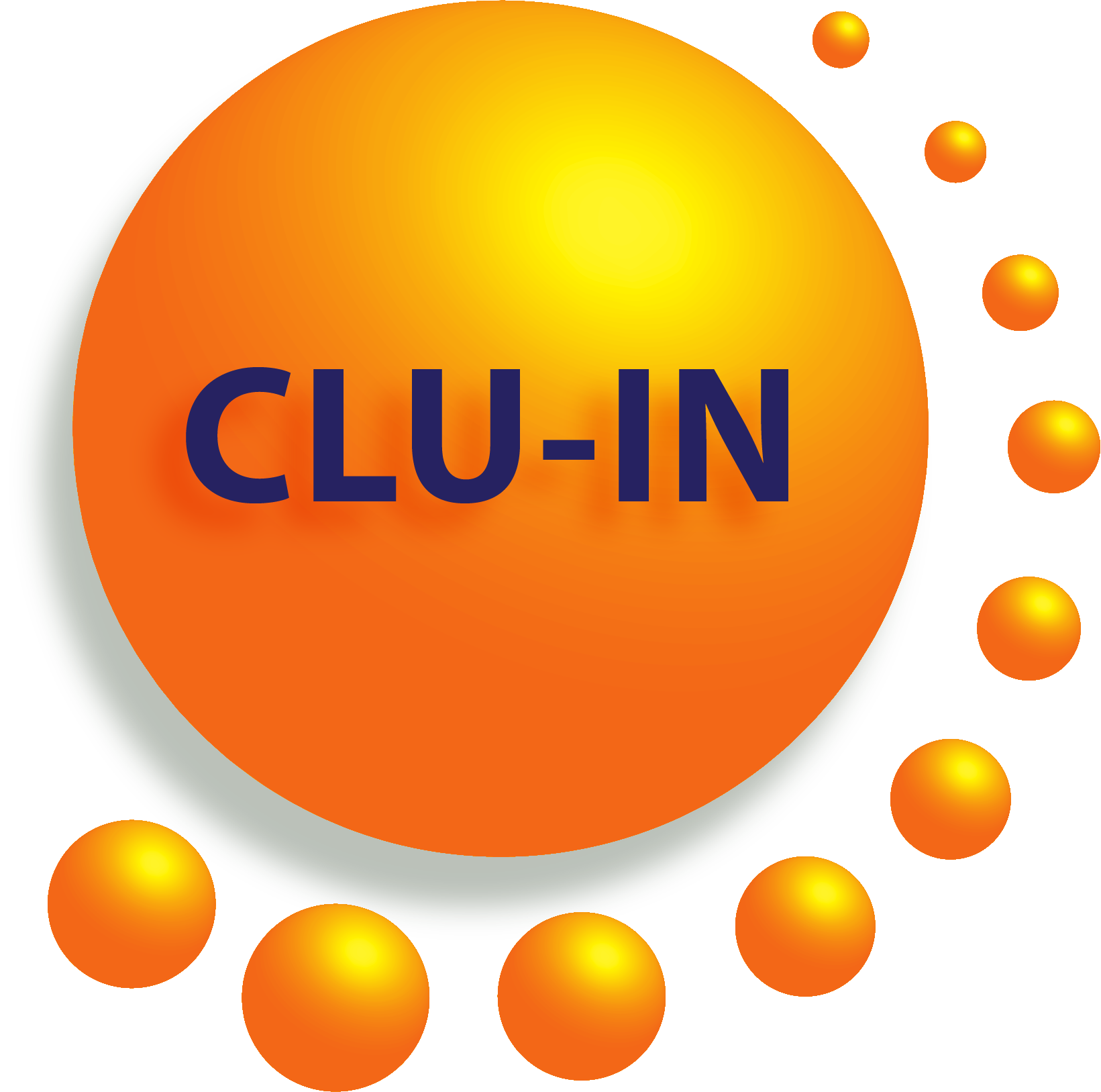Unmanned Aerial Systems for Superfund Mining Sites
Archived: Thursday, May 2, 2024
Sponsored by: U.S. EPA TIFSD
This internal webinar will provide a high-level introduction to the use of unmanned aerial systems (UAS) at Superfund mine sites followed by discussion of specific uses. Standard resources for EPA Remedial Project Managers (RPMs) will be explained. Presenters will share their experiences with broader applications for UAS, including standard photogrammetry and aerial views, as well as lessons learned for thermal imaging and underground imaging. The intended audience is EPA RPMs or other EPA staff interested in learning more about UAS use at Superfund sites.
Ed Hathaway, U.S. EPA Region 1 (hathaway.ed@epa.gov)
Edward Hathaway has been a project manager for the Connecticut, Maine and Vermont Superfund Section at USEPA New England Region since 1989. He is a member of the EPA National Mining Team and Abandoned Mine Lands Team. His Superfund experience includes all phases of the program (enforcement, investigation, cleanup decision, design, implementation, operations, maintenance, and monitoring). Specific projects include: six landfill closures; one industrial mill complex; one military surplus junkyard; and five mine sites. Mr. Hathaway earned a B.S. in Business Administration from Suffolk University and a B.S. in Environmental Science from Northern Arizona University.
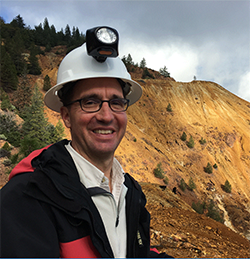 John Hillenbrand, RPM/Geologist, Superfund, U.S. EPA Region 9 (Hillenbrand.John@epa.gov)
John Hillenbrand, RPM/Geologist, Superfund, U.S. EPA Region 9 (Hillenbrand.John@epa.gov)
John provides regional coordination for mining activities and provides technical expertise to mine site case workers within Region 9. John holds a B.S. in Geology from UC Davis and a M.S. in Geology from the UC Riverside. He is a Licenced Professional Geologist and Engineering Geologist in the State of California.
John has 34 years of experience in water quality and solid waste. For the past 28 years he has specialized in mining at EPA's Region 9 office.
This experience includes Clean Water Act enforcement at mines and providing technical assistance to project managers at various Region 9 Superfund mine and smelter sites. He is currently the Remedial Project Manager for the Argonaut Mine in California. Before Superfund work, he conducted Clean Water Act inspections, compliance and enforcement actions for acid mine drainage and stormwater discharges from active mines within Region 9.
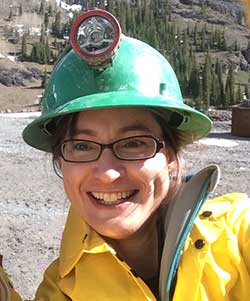 Joy Jenkins, Ph.D., P.E., EPA Region 8 (Jenkins.Joy@epa.gov or 303-312-6873)
Joy Jenkins, Ph.D., P.E., EPA Region 8 (Jenkins.Joy@epa.gov or 303-312-6873)
Dr. Jenkins is the EPA Region 8 Superfund Remedial Project Manager (RPM) for the Captain Jack Mill and Nelson Tunnel/CWR Sites in Colorado and the Gilt Edge Mine Site in South Dakota. Her work focuses on abandoned mine lands cleanup projects. She worked as a consulting environmental engineer prior to joining EPA in 2010. She completed her Ph.D. in Civil Engineering, Environmental emphasis, at the University of Colorado Boulder working on source control measures to prevent acid rock drainage generation.
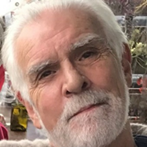 Kirby Biggs, U.S. EPA TIFSD (biggs.kirby@epa.gov or 202-823-3081)
Kirby Biggs, U.S. EPA TIFSD (biggs.kirby@epa.gov or 202-823-3081)
Kirby Biggs is a Senior Analyst with the U.S. Environmental Protection Agency in Washington, DC. He has been with USEPA’s Superfund program since 1979 and is a Superfund Charter Member. In his current position with USEPA’s Technology Innovation & Field Services Division of the Superfund Office, Kirby is the National Optimization Program Manager. He leads the National Optimization Team of HQ and Regional staff, managing multiple site-specific optimization projects, both personally and by directing other project managers. These projects involve HQ, Regions, States, and public sector entities conducting Superfund technical support projects throughout the Superfund Pipeline using targeted Investigation technical support, Design reviews, evaluating Remedial Actions, and assessing Long-Term Remedial Actions through Optimization Studies and Technical Support. Kirby sponsors development of optimization internet seminars and delivers webinars and classroom optimization courses. He identifies and develops new techniques, methods, procedures and practices to facilitate the closeout of sites and to return them to productive use.
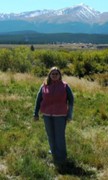 Michele Mahoney, U.S. EPA Technology Innovation and Field Services Division (mahoney.michele@epa.gov or 703-603-9057)
Michele Mahoney, U.S. EPA Technology Innovation and Field Services Division (mahoney.michele@epa.gov or 703-603-9057)
Michele Mahoney is a Soil Scientist with EPA working on issues related to contaminated site remediation and reuse within EPA's Superfund program. Michele’s leads EPA’s Mining-Influenced Water Treatment Technology Demonstration Program, which provides resources to EPA Remedial Project Managers to pilot test treatment technologies for cleaning up waters around the country impacted by mining operations. She provides support to practitioners on the use of soil amendments for remediation and redevelopment/reuse, ecological revitalization, ecosystem services, phytotechnologies, and urban gardening. She also researches and compiles information on mining site remediation treatment technologies and land reuse, and manages content development for the EcoTools and Mining pages on CLU-IN.org.
Michele has worked with EPA for 23 years. Prior to her current responsibilities, Michele served the Agency as the lead for food waste composting issues and as an environmental fate and ecological risk assessor for pesticide registration. Michele also has experience as a Contractor for EPA and a Laboratory and Field Researcher.
Moderator:
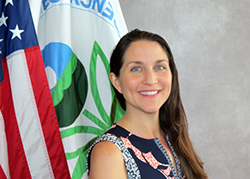 Jean Balent, U.S. EPA Technology Innovation and Field Services Division (balent.jean@epa.gov or 202-566-0832)
Jean Balent, U.S. EPA Technology Innovation and Field Services Division (balent.jean@epa.gov or 202-566-0832)
Ms Balent is on the staff of the EPA's Technology Innovation and Field Services Division where she has worked to collect and disseminate hazardous waste remediation and characterization information since 2003. Ms Balent manages the Clean Up Information Network website and actively supports online communication and collaboration resources available to EPA. She formerly worked with the US Army Corps of Engineers Environmental Engineering Division in the Buffalo District. Ms Balent was also a member of the SUNY-Buffalo Groundwater Research Group where she constructed and tested large scale models of groundwater flow. Ms Balent has also conducted research relating to the Great Lakes, environmental remediation, and brownfields re-development. She holds a Bachelor's degree in environmental engineering from SUNY-Buffalo and a Master's degree in Information Technology from AIU.
Webinar Slides and References:
Additional Resources:
- UAS Resources - Technical Resource Hub (Beta) (Link will only work for EPA staff)
- UAS CoP SharePoint site (Link will only work for EPA staff)
- Emergency Response Story Map Videos: Video 1 and Video 2
- Blue UAS Cleared List
Help & FAQs
- Frequently Asked Questions
- Content Questions?
Call Sophie Delzell at 540-617-0811 or sdelzell@skeo.com - Technical Problems?
Leave us a comment - Cancel Your Registration
- My Participation Records
- CEU Credits and PDHs
Zoom Resources
Before Webinar Day
This seminar will be delivered through Zoom. Participants are encouraged to update to the latest version of the Zoom application for the best experience.
If you are unable to install the Zoom application, most functions will be available if you join just using a modern web browser such as Chrome, Edge or Firefox. We strongly encourage you to run the Zoom Meeting Test prior to attending this webinar. Technical support on the day of the webinar will be very limited and subject to significant delays.
Backup Conference Call
If you cannot participate using online audio, you may join the optional call in line. After checking in for the live event using the instructions listed below, you will see several options to participate. Please click the links in option 4 to follow along by phone and obtain the call in number. If you cannot access the phone number, you may request the call in line from the event moderator in the Q&A or send an email to Jean Balent at balent.jean@epa.gov
Click on "Join Webinar" at the top of this screen, enter your exact first and last name as you registered and enter the number of people attending at your location (including yourself). You should then be taken to the Zoom meeting room. Join with Zoom Application: For those joining with the Zoom application, you may be prompted to sign with a zoom account or join as a guest without signing in.
If joining as a guest, you will be prompted to enter your name and email address. Remember your name, image, video or voice may be visible to others in the live event. When done, click "Join" When it is time for the live event to start, the meeting host will admit you to the live Zoom meeting. Join via web browser (without the Zoom Application): For those joining with a web browser, you may close any pop ups prompting you to download the Zoom app. The next window will allow you to enter your name (first name and last name) and check the box that you are not a robot. Click the blue join button. You may also be asked to provide your email address before joining the room. Remember your name, image, video or voice may be visible to others in the live event. When done, click "Join" When it is time for the live event to start, the meeting host will admit you to the live Zoom meeting. You may need to periodically refresh the browser window to confirm if the host has admitted you. The presenters will control what slide you are viewing. You may submit questions online for the instructors to answer during the webinar by typing in the "Q&A" area. It is not necessary to wait until the question and answer periods to submit questions. At the end of the webinar you will be guided to our feedback form and links to additional resources, including the complete presentation. These links will remain active after the webinar. Provided for your convenience. Importing or accepting the invitation within this iCalendar file is not required, and declining the invitation does not cancel your registration. For additional information on iCalendar, please see our
iCalendar Help It is EPA's policy to make reasonable accommodation to persons with disabilities wishing to participate in the agency's programs and activities, pursuant to the Rehabilitation Act of 1973, 29 U.S.C. 791. Any request for accommodation should be made to Sophie Delzell at 540-617-0811 or sdelzell@skeo.com, preferably one week or more in advance of the webinar, so that EPA will have sufficient time to process the request. EPA would welcome specific recommendations from requestors specifying the nature or type of accommodation needed. EPA welcomes specific recommendations from requestors specifying the nature or type of accommodation needed. Please note that CLU-IN provides both alternate phone call-in options and closed captioning for all webinars, and requests for these specific accommodations are not necessary.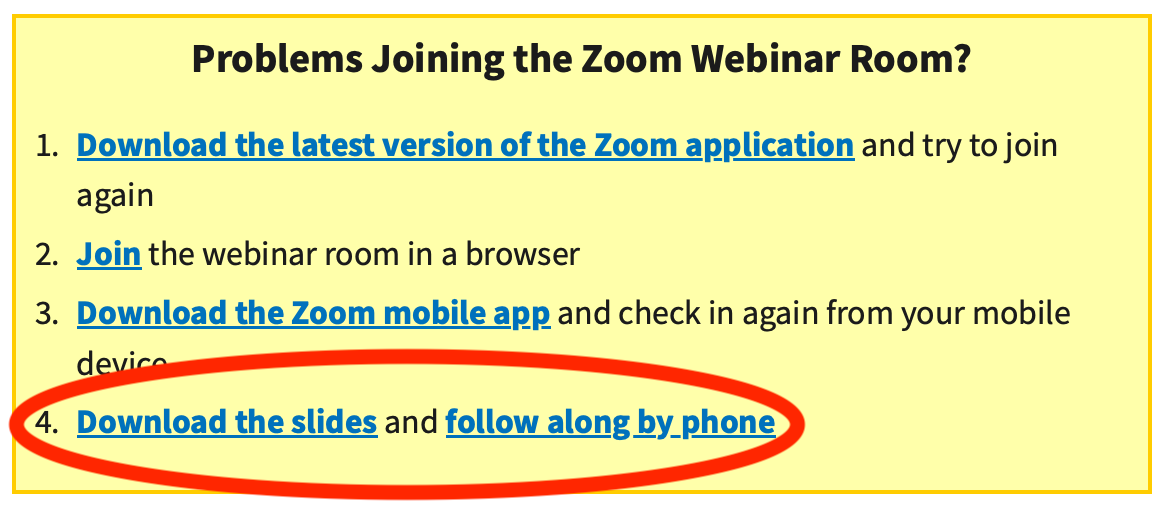
Webinar Day, Checking In
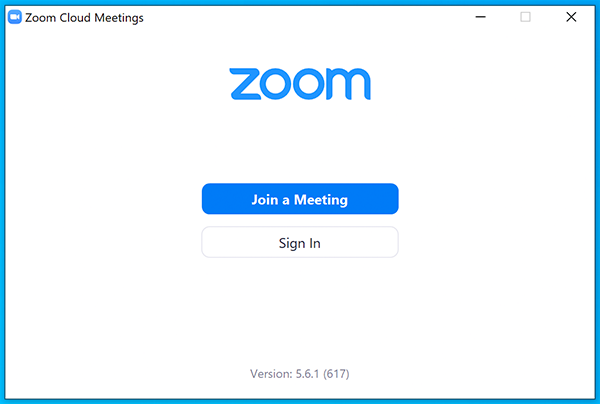
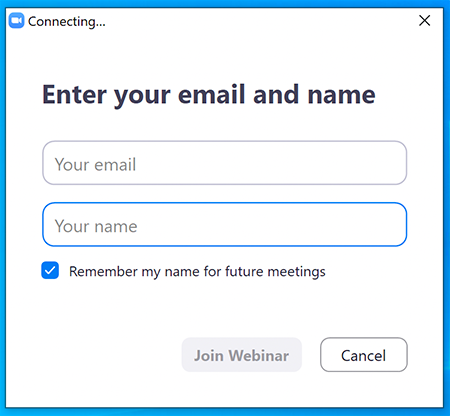
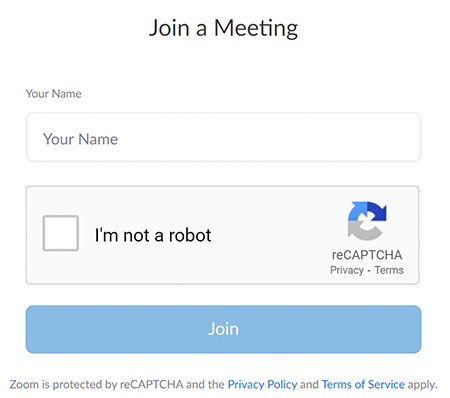
Moving Through Slides
Feedback & Links to Additional Resources
iCalendar File
Rehabilitation Act Notice for Reasonable Accommodation
Rehabilitation Act Notice for Reasonable Accommodation
It is EPA's policy to make reasonable accommodation to persons with disabilities wishing to participate in the agency's programs and activities, pursuant to the Rehabilitation Act of 1973, 29 U.S.C. 791. Any request for accommodation should be made to Sophie Delzell at 540-617-0811 or sdelzell@skeo.com, preferably one week or more in advance of the webinar, so that EPA will have sufficient time to process the request. EPA would welcome specific recommendations from requestors specifying the nature or type of accommodation needed. EPA welcomes specific recommendations from requestors specifying the nature or type of accommodation needed. Please note that CLU-IN provides both alternate phone call-in options and closed captioning for all webinars, and requests for these specific accommodations are not necessary.
Webinar Recording
By participating in this CLU-IN webinar, you automatically agree to authorize recording of audio and visual content presented during this live event and consent to subsequent use of this recording in the public domain by the U.S. Environmental Protection Agency. This recording may include questions, comments and poll responses provided by you during the live event in addition to your name, voice, image or likeness. This recording will be made available after the conclusion of the live event as part of the CLU-IN webinar archives, and will remain available indefinitely. If you do not wish to consent to the recording, please do not join the live event, and contact Jean Balent at 202-566-0832 or balent.jean@epa.gov to discuss your concerns.
Content Disclaimer
This webinar is intended solely to provide information to the public. The views and opinions expressed as part of this webinar do not necessarily state or reflect those of the U.S. Environmental Protection Agency. It is not intended, nor can it be relied upon, to create any rights enforceable by any party in litigation with the United States, or to endorse the use of products or services provided by specific vendors. With respect to this webinar, neither the United States Government nor any of their employees, makes any warranty, express or implied, including the warranties of merchantability and fitness for a particular purpose, or assumes any legal liability or responsibility for the accuracy, completeness, or usefulness of any information, apparatus, product, or process disclosed, or represents that its use would not infringe privately owned rights.

